Step Inside a Historic Paris Apartment That Brims With Charming Details and Antique Pieces
- Oops!Something went wrong.Please try again later.
It all started with a piano and a chance encounter in Paris. “The apartment has been in the family since the late 1970s,” the Beirut-born inhabitant explains of her abode, which is located not far from the Arc de Triomphe. “The previous owner had this piano and said, ‘If you want the apartment, you have to take the piano,’ since he didn’t want to move it out. It then became the starting point for everything [that followed].”
A funny anecdote, yes, but one of two serendipitous origin stories that are key to understanding how the appartement came to exist in its current form. When asked how he and his client first connected, French architect Benoit Dupuis says with a smile: “It was about 10 years ago, and it all happened in a boutique I designed for Christian Louboutin in Paris. One of the customers asked the saleswoman who designed the store, and if she could meet me. I happened to be [right] there!” At the time, Dupuis’s future client said she might have a potential project for him. A few years later they reconnected and started working on the apartment overhaul.
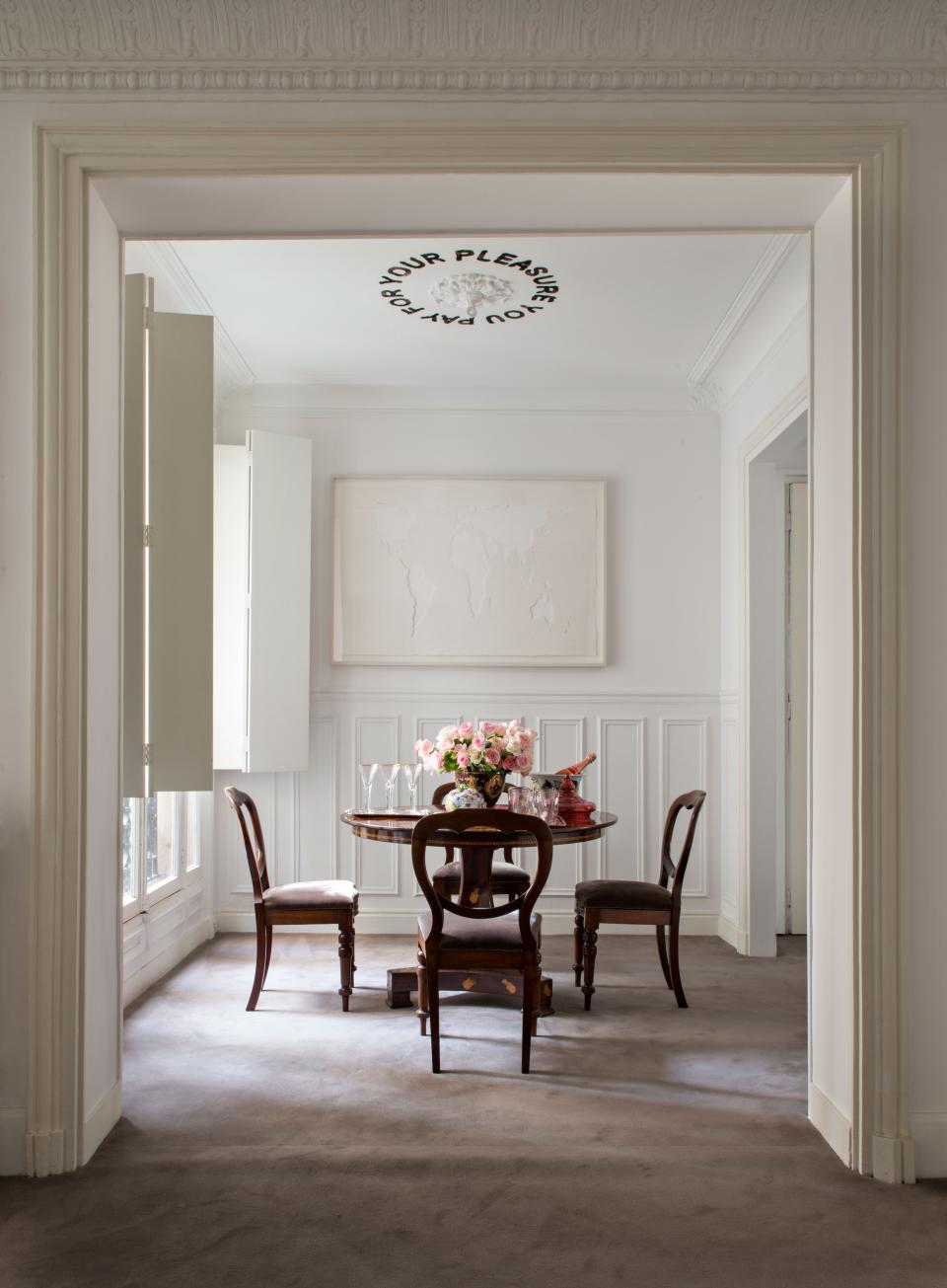
“[It’s] in a Haussmann-style building,” Dupuis explains of the residence. “The place was a bit dark, but bourgeois and good taste. The idea was to keep the historic elements, like the moldings, and to think about the art collection.” The client—who now counts Dupuis as a personal friend—adds, “We kept the integrity of the original space. [That’s] why I think it’s so charming.”
Importantly, the duo made sure to preserve the apartment’s strong sense of personal details. It’s full of family mementos (the antique pieces originally belonged to the client’s aunt) and fun designs from the 1970s and 1980s. Many of those objects trace back to when the apartment was originally done by Parisian decorator Jean-Dominique Bonhotal.
Step Inside a Historic Paris Apartment That Brims With Charming Details and Antique Pieces
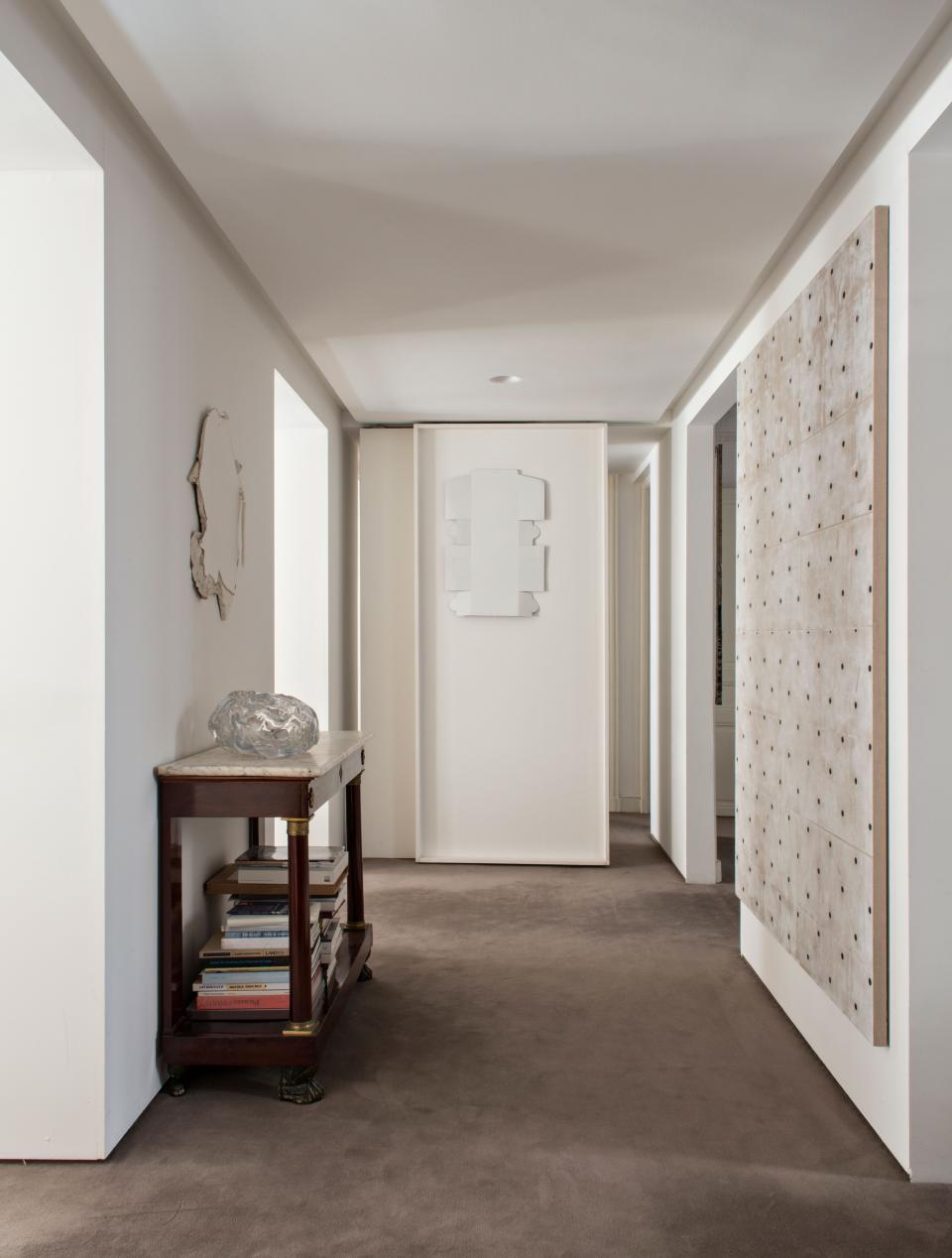
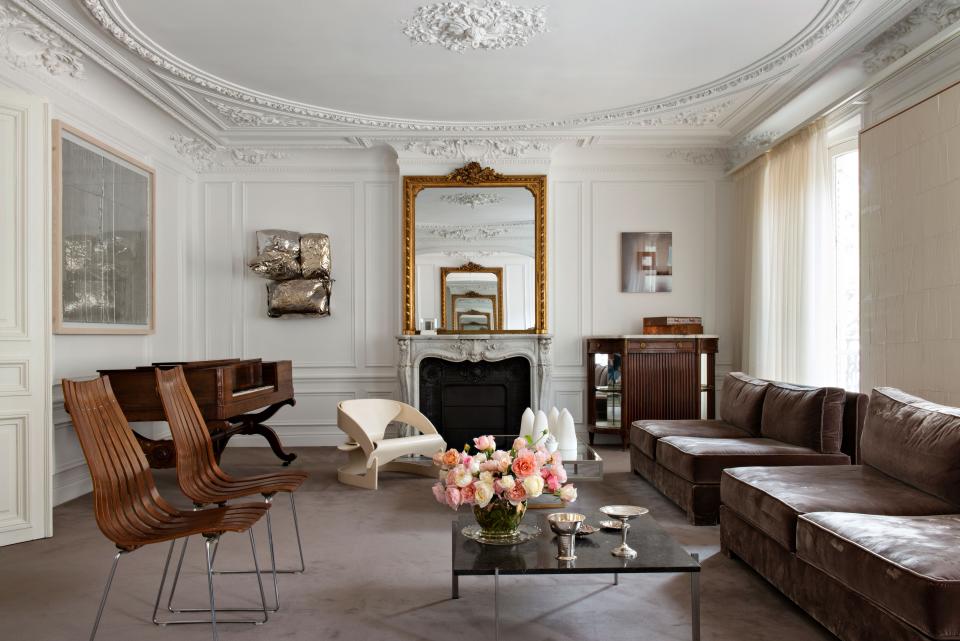
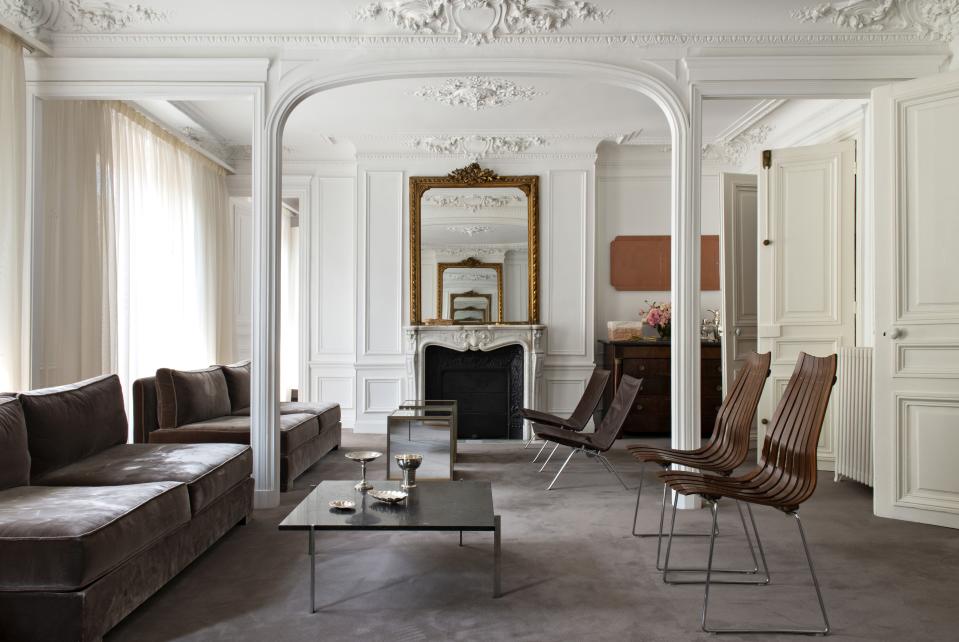

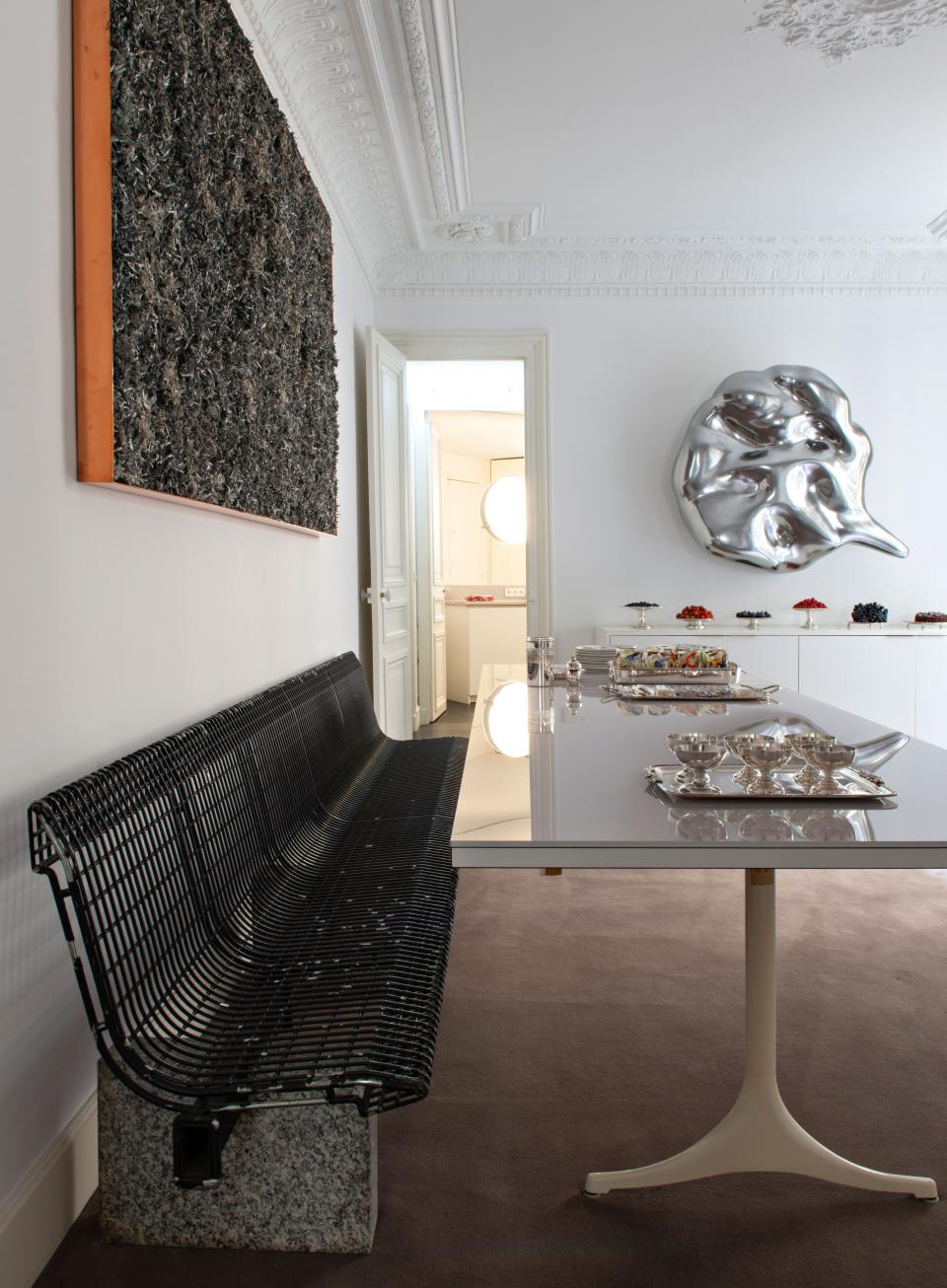
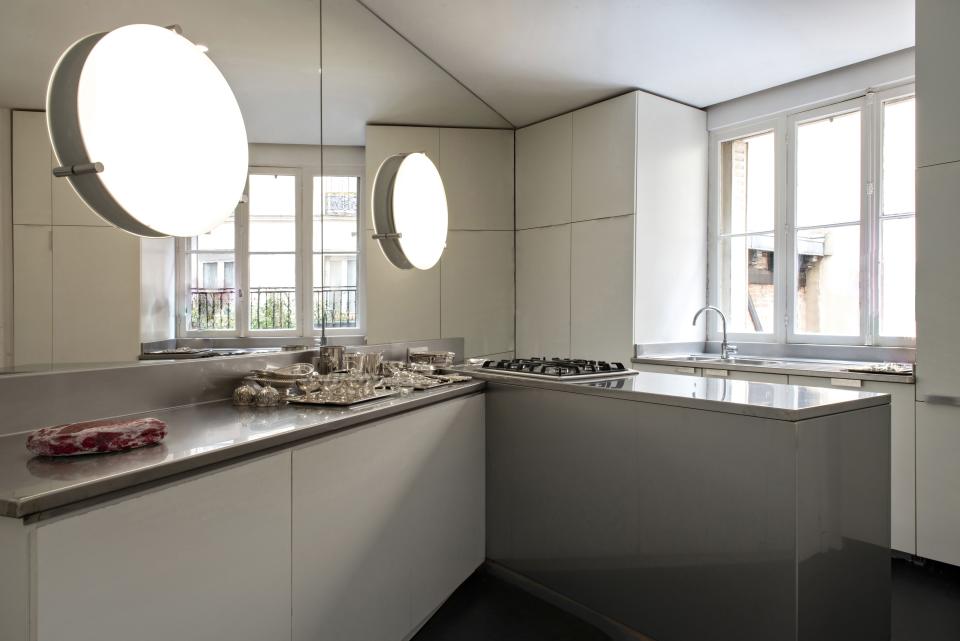
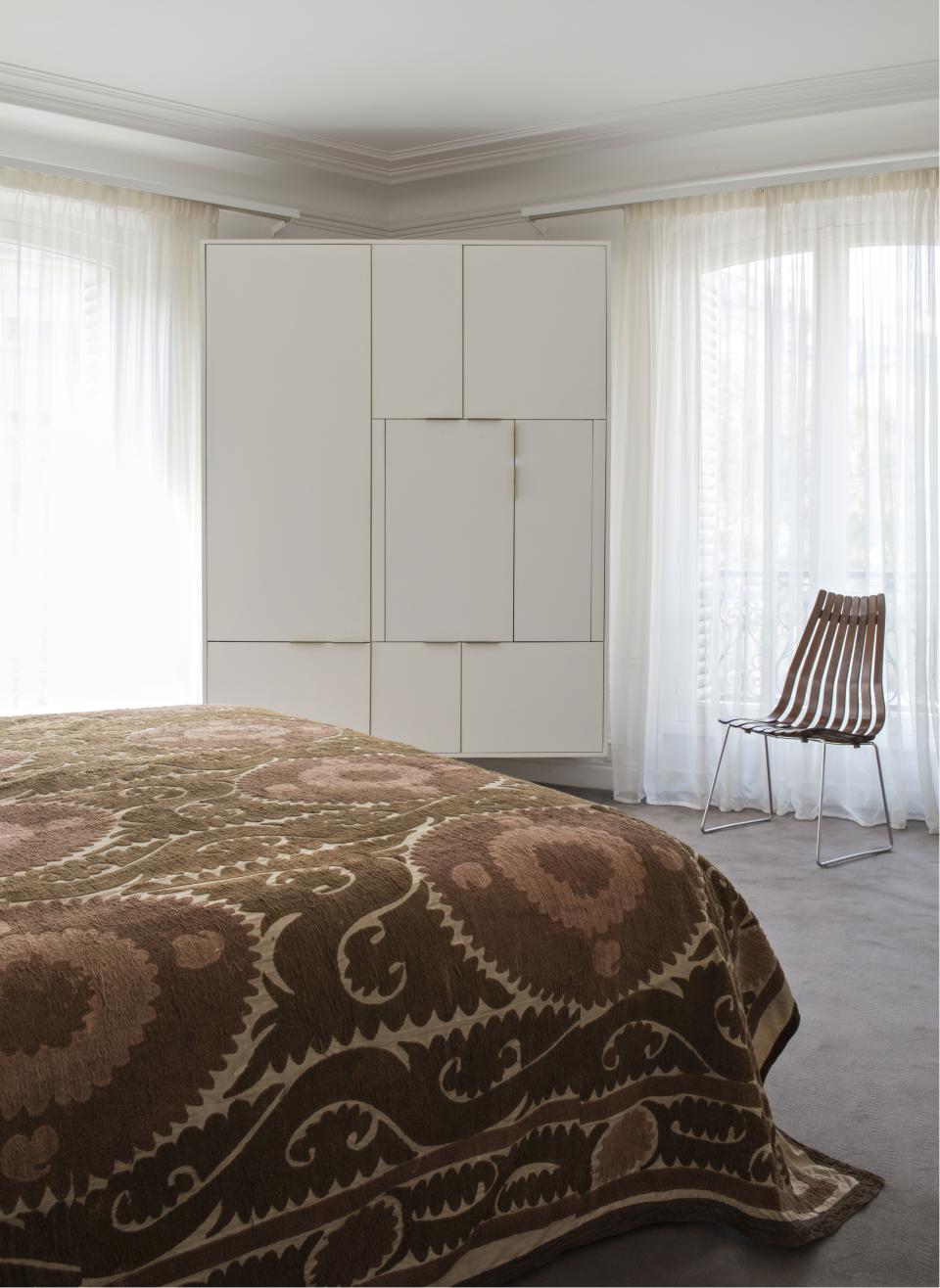
“What we did was mix it all up with things I really cared about,” the client elaborates, noting that they were careful to keep the soul of the home intact while freshening it a bit. “We threw in some midcentury pieces and Benoit designed the built-in closets. They don’t have feet so they look like they are floating—I wanted everything to be light and almost transparent.”
Dupuis confirms that the design brief he received was to brighten the space while keeping its circulation flowing. The four bedrooms are lined up in a manner not dissimilar from that of a hotel. Everything seems to disappear into the walls. Ultimately, the overall feeling is one of a cool, understated French modernism.
Amidst that serene canvas, contemporary artworks easily pop. Many of the pieces—which were purchased throughout Europe—had long been in storage. “When we opened up the crates, the most magical thing happened,” the client recalls. “Everything was like it had been bought specifically for the apartment. It was a fantastic feeling. We placed every single piece!” Yet another example of French serendipity.
Originally Appeared on Architectural Digest

